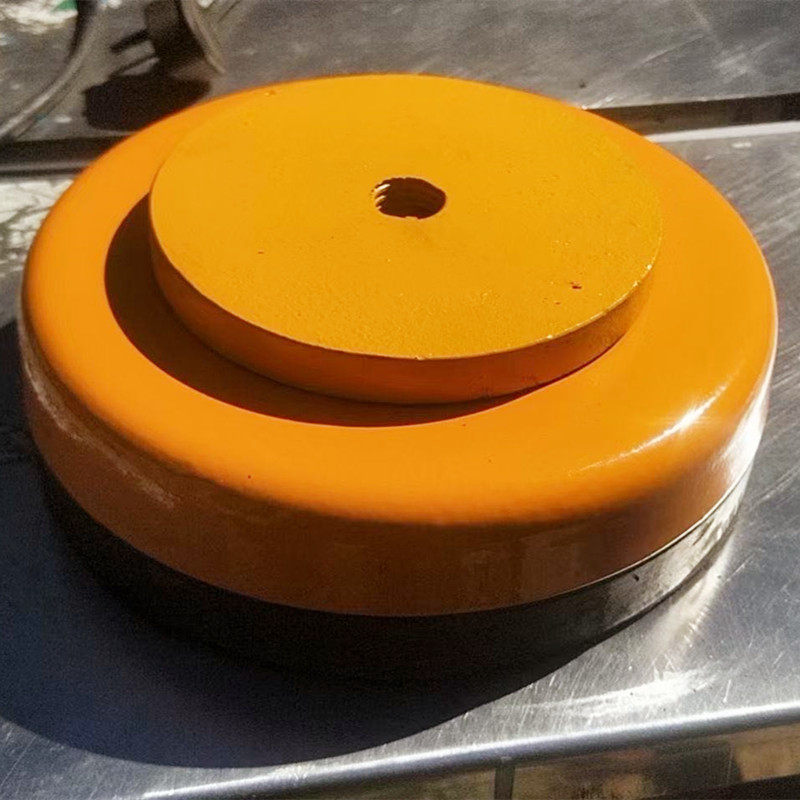Kas . 08, 2024 13:48 Back to list
Understanding Various Types of Check Valves and Their Applications
Different Types of Check Valves An Overview
Check valves are essential components in various piping systems, designed to allow fluid flow in one direction while preventing backflow. They play a crucial role in ensuring the efficiency and integrity of many industrial applications, from water and wastewater treatment to oil and gas pipelines. Understanding the different types of check valves is vital for engineers, designers, and maintenance personnel to choose the appropriate valve for their specific needs. This article provides an overview of the most common types of check valves and their applications.
1. Swing Check Valve
The swing check valve is one of the most traditional types of check valves. It operates with a hinged disc that swings open when fluid flows through in the forward direction and closes against the seat when the flow reverses. This design ensures that backflow is effectively prevented. Swing check valves are typically used in applications with high-flow rates and low-pressure drops, making them ideal for water and sewer applications. They are available in a variety of sizes and materials, depending on the application requirements.
2. Lift Check Valve
Lift check valves function differently than swing check valves. Instead of a disc, they utilize a movable disc or piston that lifts off its seat during forward flow and falls back into place when the flow diminishes or reverses. These valves are more suited for systems with fluctuating pressure and are often found in high-pressure applications, such as steam and gas services. Lift check valves can be installed in either a horizontal or vertical position, providing versatility in their application.
Ball check valves are distinguished by their use of a spherical ball that moves up and down in the valve body. During forward flow, the ball is pushed away from its seat, allowing fluid to pass through. When backflow occurs, the ball is forced back into the seat, effectively blocking the reverse flow. Ball check valves are compact and have low-pressure drop characteristics, making them suitable for various applications, including wastewater and irrigation systems. Their simple design also promotes ease of maintenance.
different types of check valves

4. Diaphragm Check Valve
Diaphragm check valves utilize a flexible diaphragm that acts as a seal against backflow. In forward flow, the diaphragm is pushed away from the seat, allowing fluid to pass. Conversely, when backflow occurs, the diaphragm flexes back into place, closing off the flow path. This type of check valve is particularly useful in applications involving slurries, chemicals, or situations where a tight seal is necessary, as the diaphragm can prevent leakage effectively.
5. Inline Check Valve
Inline check valves are commonly used in smaller piping systems where space is a constraint. These valves are designed to be installed directly into the pipe run, allowing for seamless integration into existing systems. They can be either swing or lift-style, depending on the specific application. Inline check valves are essential in preventing backflow in various systems, including HVAC, water, and hydraulic systems.
6. Dual Plate Check Valve
The dual plate check valve features two spring-loaded plates that open and close in response to fluid flow. This design allows for quicker response times and minimizes the flow resistance, making them suitable for high-flow applications. Dual plate check valves are often used in critical services, such as water distribution systems and marine applications, due to their ability to handle sudden flow changes and reduce water hammer effects.
Conclusion
In conclusion, check valves are a critical part of fluid control systems, with various types tailored to specific needs and applications. From swing and lift check valves to diaphragm and dual plate check valves, each design offers unique advantages depending on the operational requirements. Selecting the right check valve can significantly enhance system performance, ensure safety, and prolong equipment life. Understanding the different types of check valves and their applications will help engineers and technicians make informed decisions to optimize their fluid systems.
-
Right Angle Ruler Innovations in Measuring ToolsNewsJul.18,2025
-
Parallel Ruler Maintenance for Long-Term AccuracyNewsJul.18,2025
-
Magnetic V Block 4 Inch Cost Effectiveness AnalysisNewsJul.18,2025
-
Internal Thread Gauge Innovations for Faster InspectionNewsJul.18,2025
-
Ground Anchor Applications in Construction and LandscapingNewsJul.18,2025
-
Butterfly Valve Types StandardsNewsJul.18,2025
Related PRODUCTS









